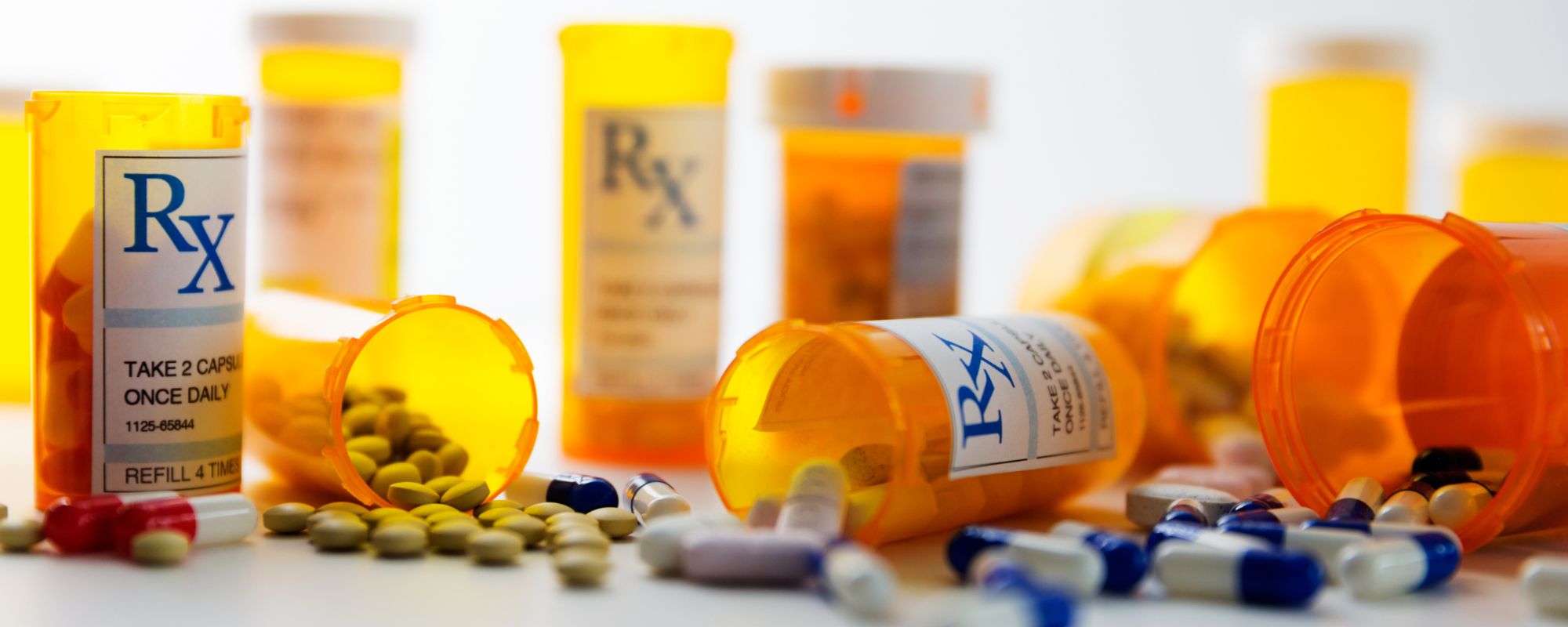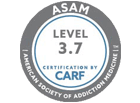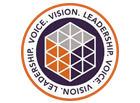About three in ten people used feel-good substances to help them get over emotionally and physical rough patches. About three in ten people used their own reasoning abilities and problems solving skills, with as needed consultation with others, to help them get over emotionally and physical rough patches. About three in ten people did both either separately or together to help them get over emotionally and physical rough patches.
Up until 1935, there was no organized entity to help alcohol misusers stop other than getting on the wagon, originating from the permitted one last drink before getting on a wagon to jail.
Then came Bill W. and Dr. Bob, who conceived and launched Alcoholics Anonymous in Akron, Ohio.
AA Became the Foundation for other 12-Step Programs of Recovery
There the 12-Steps and 12-Traditions of Alcoholics Anonymous (AA) were established as was the Big Book of Alcoholics Anonymous which was cloned into:
- Al-Anon
- Narcotics Anonymous
- Nar-Anon
- Nicotine Anonymous
- Gamblers Anonymous
- Overeaters Anonymous
- Emotions Anonymous
- And many others
It was not until 1949 that psychiatrists and related medical doctors mixed their bio-physical know-how with the 12-Steps of self-help groups, establishing the first of the best evidence-based method of treating substance misuse disorders or substance use disorders.
Medical detoxification made its first inadvertent attempt to offstage abstinence-12-Step-based recovery treatment during the last opioid crisis which began in San Francisco during the 1967 Summer of Love. There, heroin detoxification with methadone— and essentially without any self-help or facility offered abstinence-based recovery program, rapidly turned into the development of heroin and methadone misuse disorder.
Recently a similar trend has been evolving regarding buprenorphine and its buds circa 2006, and although not as much of an opiate recovery failure, buprenorphine misuse is a reality.
Do Opioid Maintenance Programs Cause Another Addiction?
Buprenorphine has inadvertently created a schism in the opioid treatment community:
- Pre-contemplators of treatment looking for an easier softer way get on buprenorphine and have a brief recovery chat with the prescriber or her designee once monthly
- Contemplators whose easier softer way didn’t work so they are looking for the real recovery deal that can last a life time by finding a quality 12-Step abstinence-based cognitive behaviors treatment program that may or may not dispense buprenorphine briefly when it is indicated
The other advantage to quality 12-Step abstinence-based recovery programs besides efficacy is the fact that recidivism prevention is already built-in because self-help groups are in most,- if not all— communities.
Dennis and associates decided to conduct a study and get the word out to clinicians that linking up their misusers with self-help is a great first step. They concluded these “results suggest that clinicians can influence, in part, how their clients perceive the working alliance by being familiar with the 12-Step approach. This might be particularly salient for clinicians who provide substance use disorder treatment at agencies that incorporate, on some level, the 12-Step approach to recovery” (Dennis).
Reach Out for Help
If you or a loved one wants to learn more about our substance use disorder programs, please reach out to us today. Our admissions team is available 24/7 at (877)-RECOVERY to answer your questions.
Reference:
Dennis CB, Roland BD, Loneck BM. Strengthening the working alliance through a clinician’s familiarity with the 12-step approach. American Journal of Drug and Alcohol Abuse. 2018;44(3):378-385.












